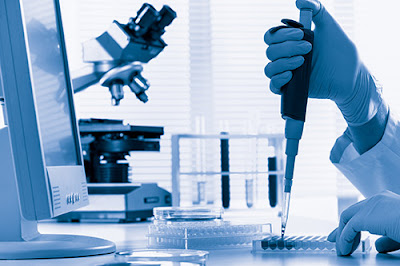To postgraduates, a PhD may seem like an ideal opportunity to improve research skills prior to future work. However, the application process is a competitive and often challenging experience. This article seeks to de-mystify some of the common questions surrounding PhD applications and provide some hints and tips for potential applicants.
1. Is a PhD for you?
An increasing number of postgraduates are applying for PhD study to develop their academic and professional skills. However, before you begin to consider searching for positions, you must be fully aware of what studying for a PhD actually entails. A PhD is the highest degree a person can achieve. It will involve around three years’ full-time (up to six years’ part-time) work, culminating in a thesis of somewhere around 80,000 words. It is research-intensive, with you developing and leading projects and writing papers in your chosen field of study. Although you will have the support of two or more specialist supervisors, a PhD is by-and-large independent work.










